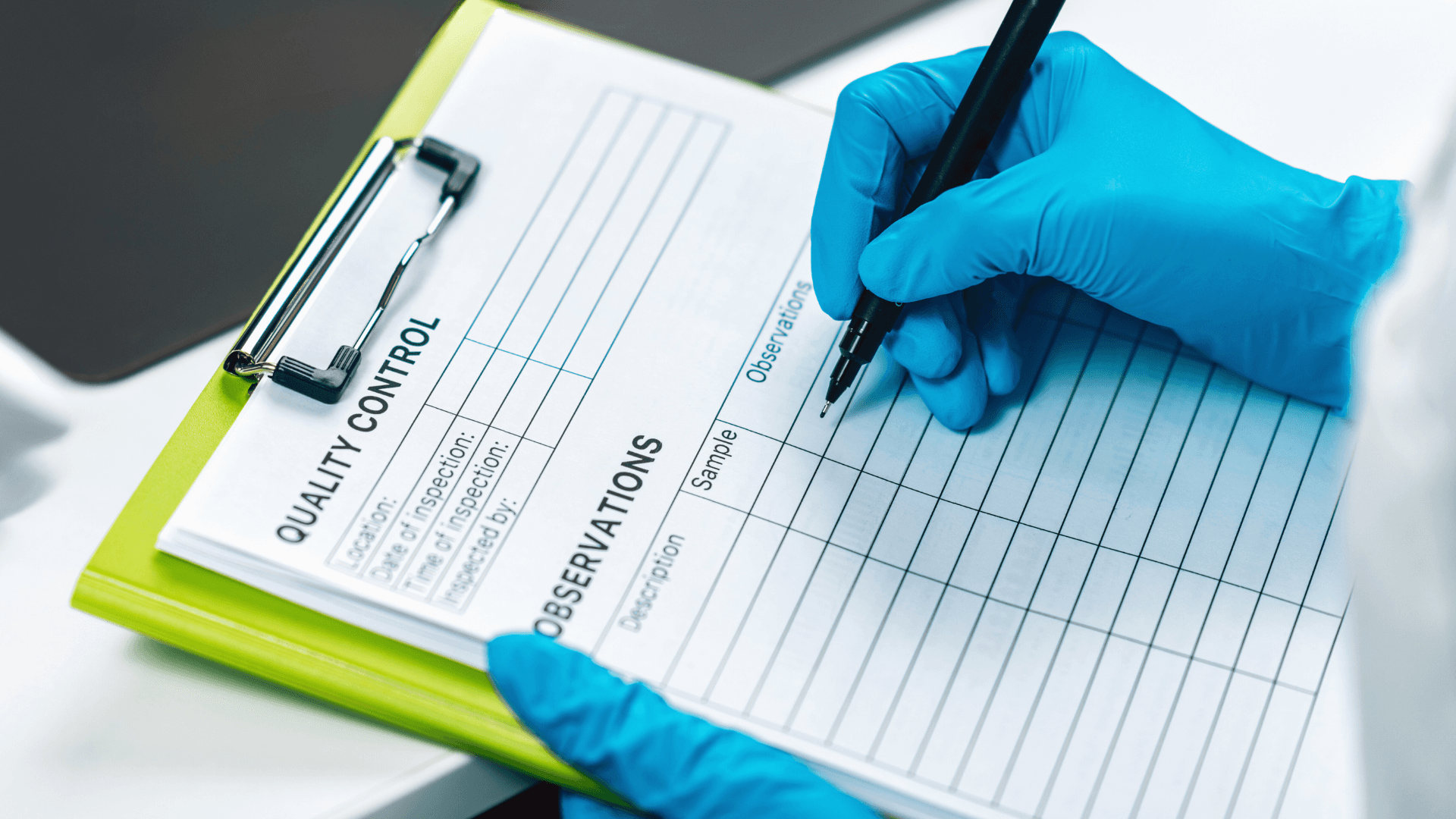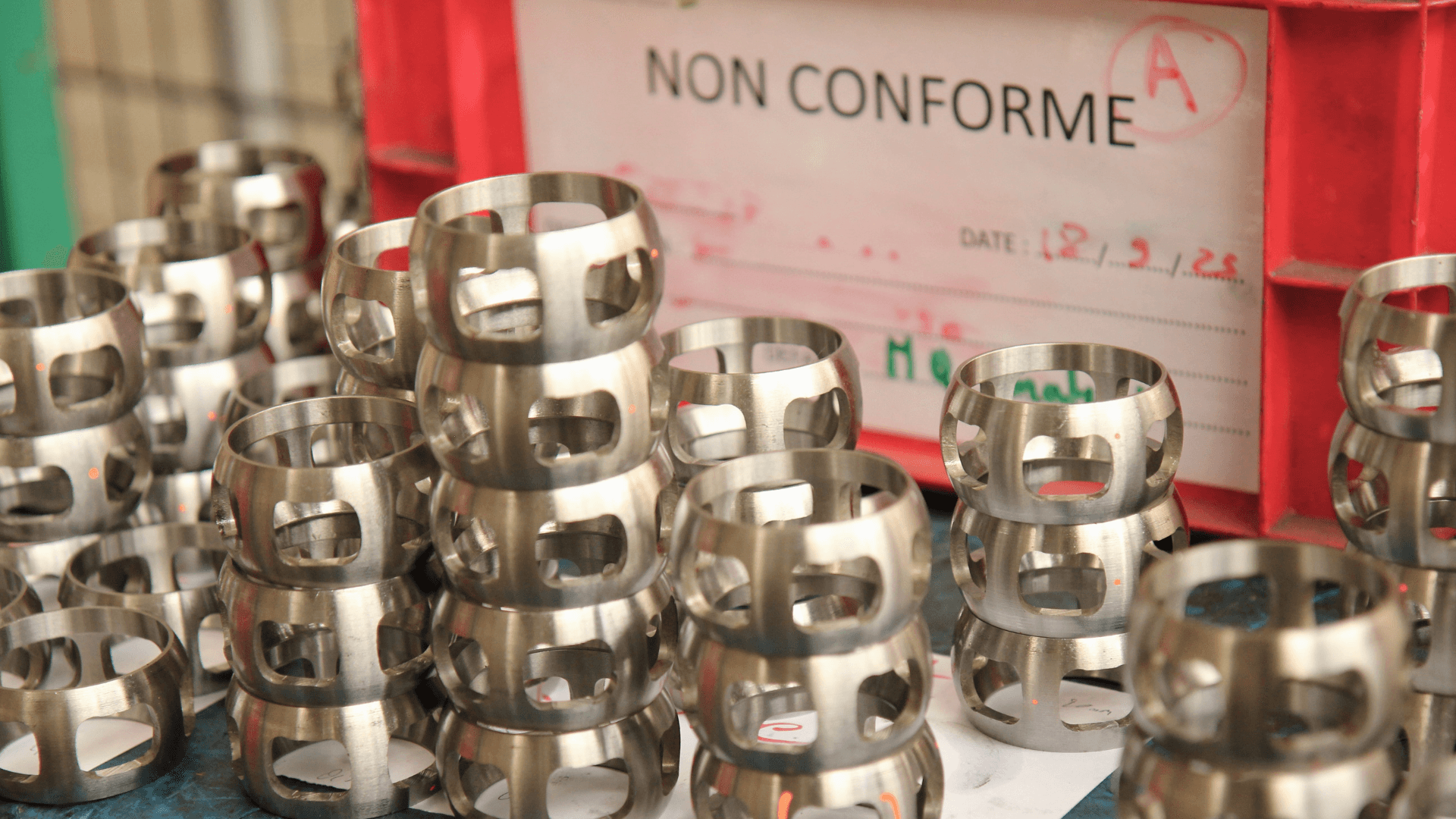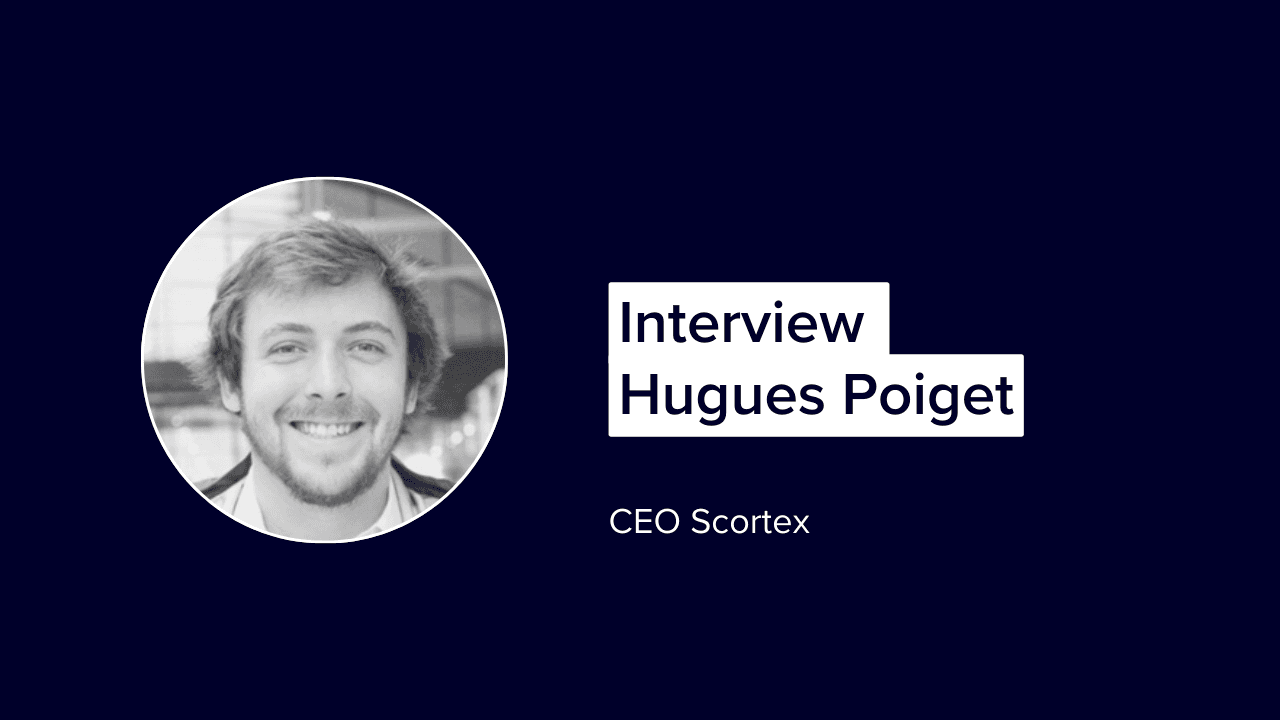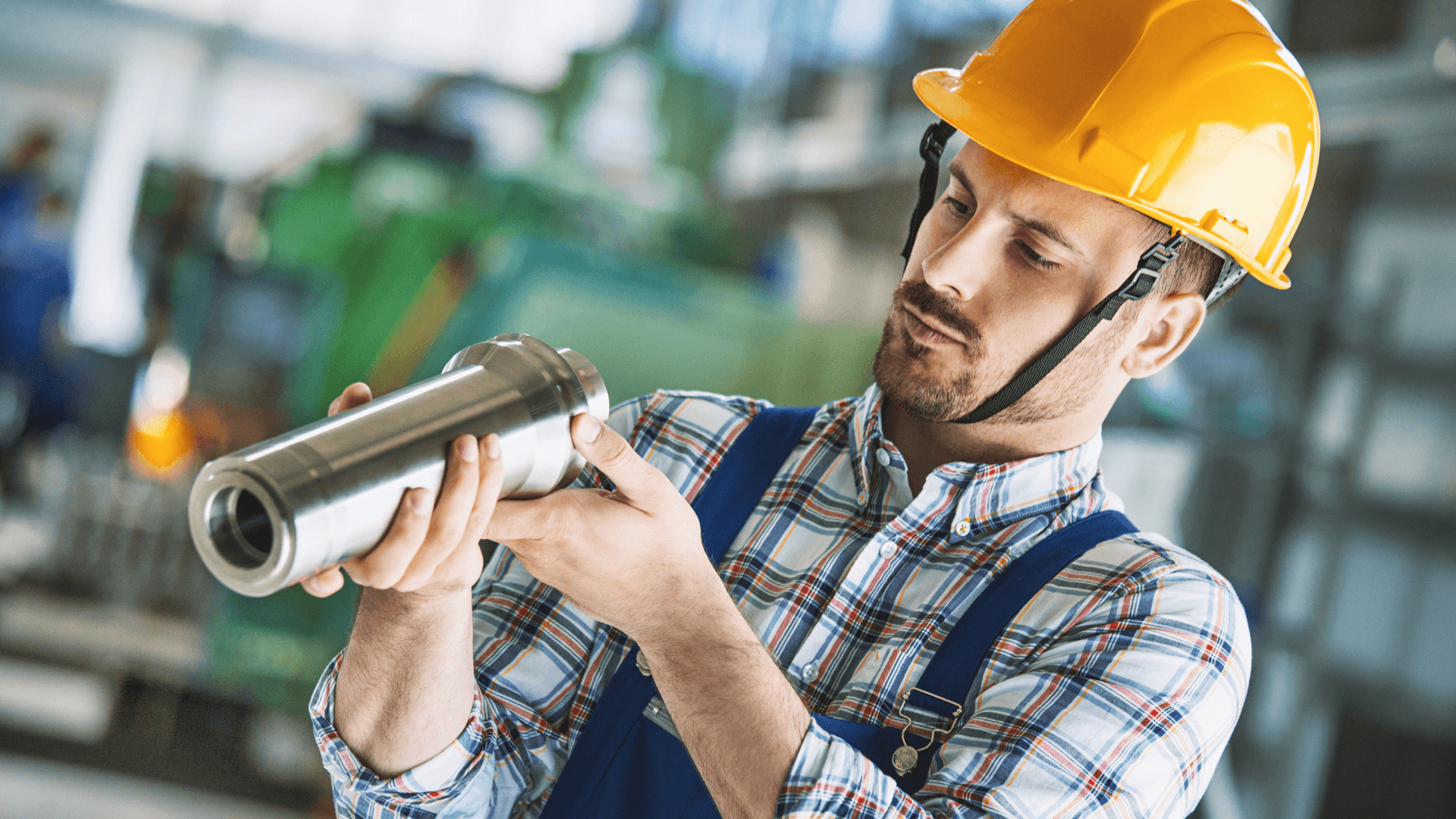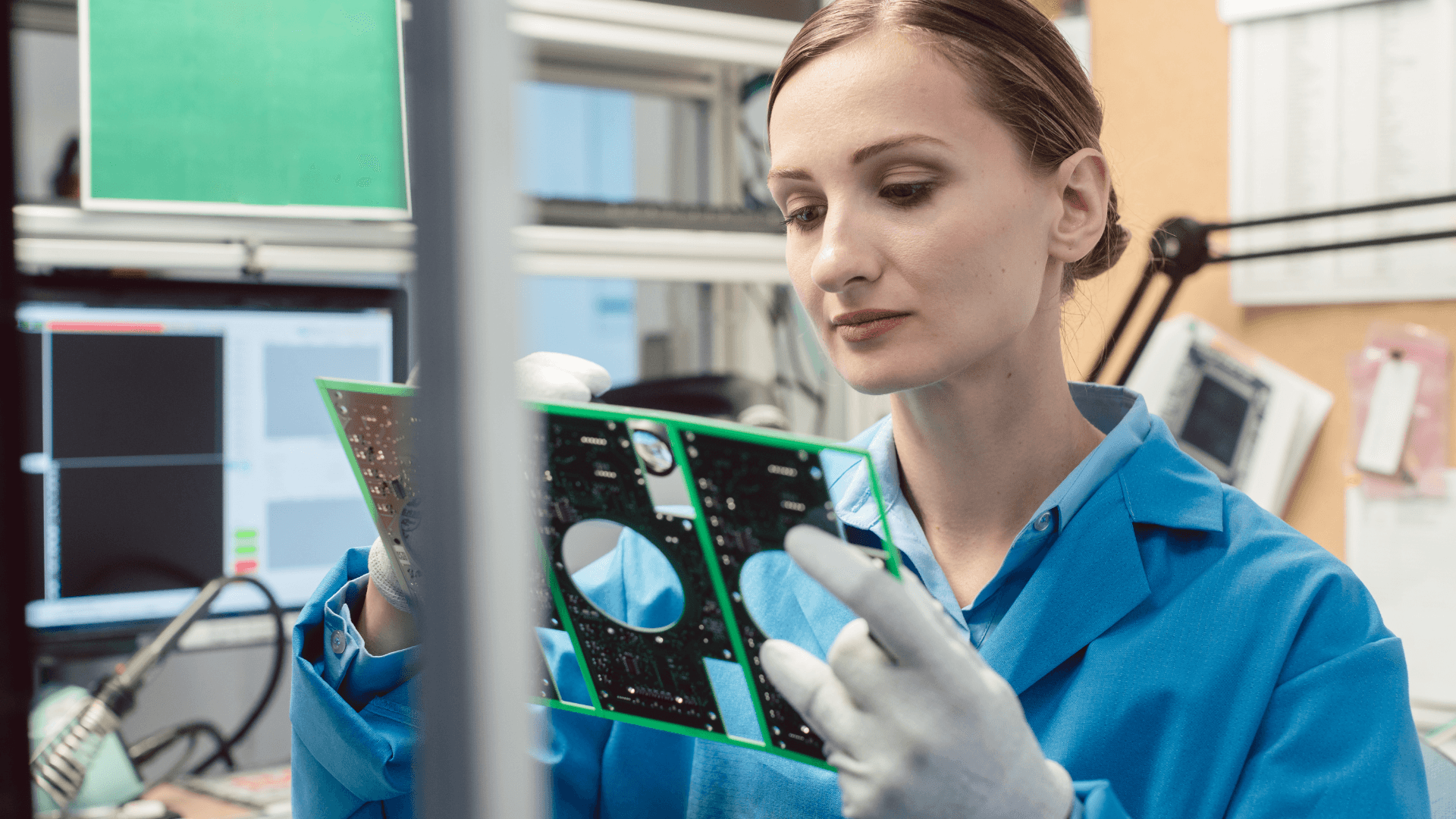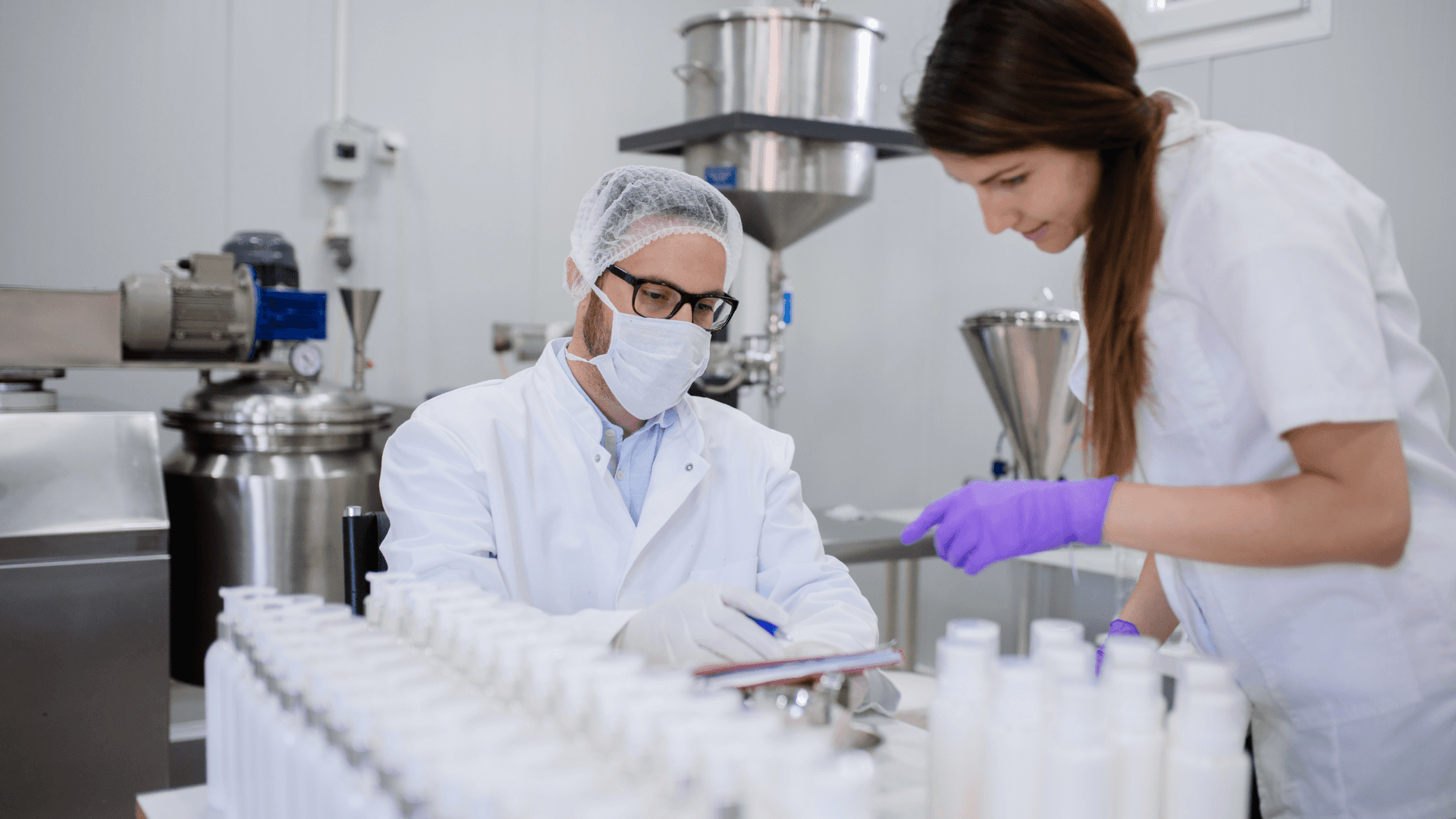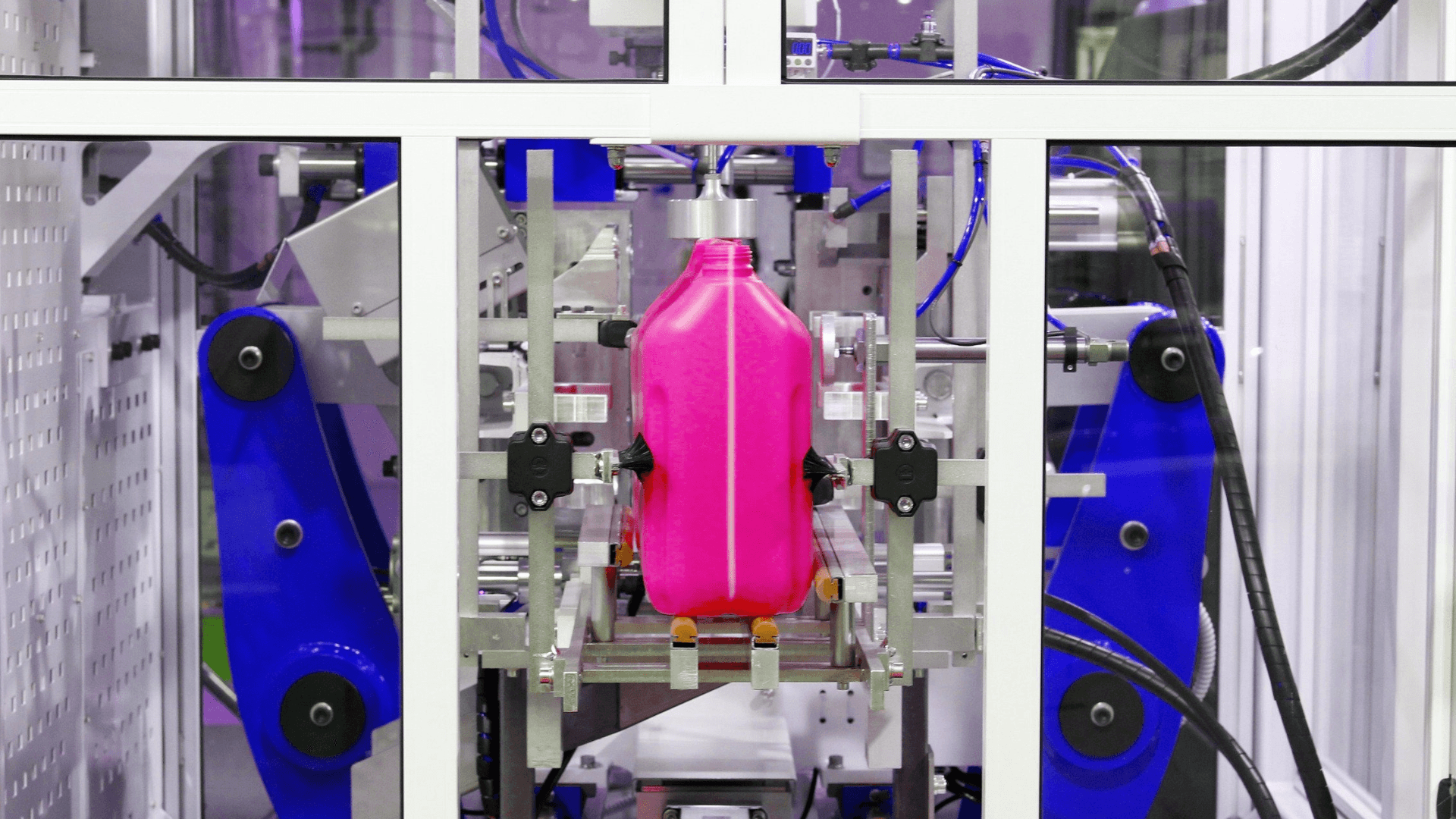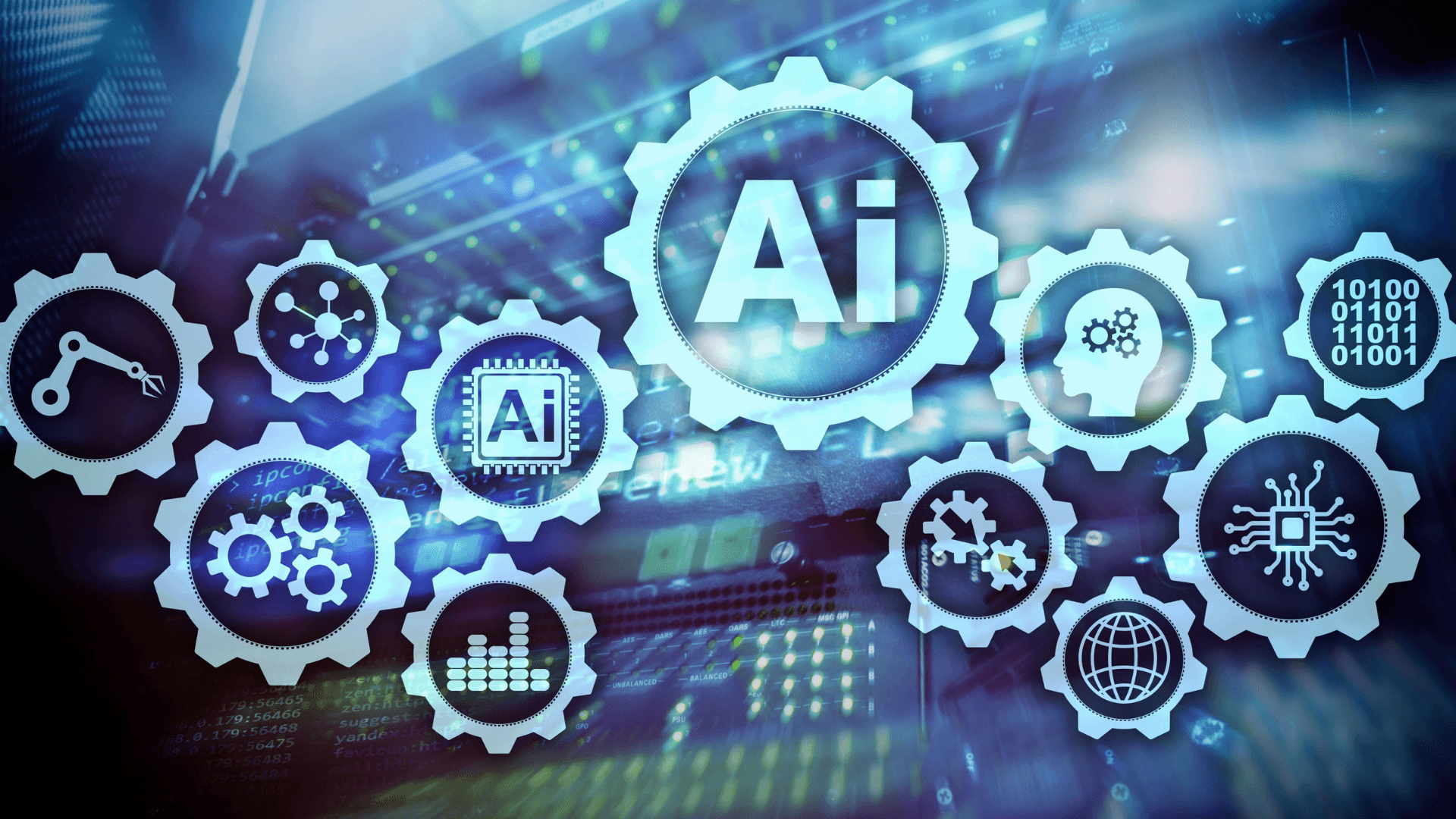
Le blog de Scortex
Nouveautés et actualités de l'équipe Scortex
Articles
28 févr. 2025
Contrôle qualité par l'IA : Scortex et IAR Group unissent leurs forces pour transformer le contrôle qualité industriel grâce à l'IA
L'équipe Scortex
4 févr. 2025
7 missions clés d'un Responsable Qualité pour un contrôle qualité optimal
L'équipe Scortex
22 janv. 2025
Comment aller au-delà des machines de tri qualité grâce à l'IA
L'équipe Scortex
8 janv. 2025
Comment optimiser la qualité de production avec l'intelligence artificielle ?
L'équipe Scortex
18 déc. 2024
Qu'est-ce que la traçabilité en contrôle qualité ? Explications simples
L'équipe Scortex
10 déc. 2024
En quoi le contrôle qualité manuel et automatisé sont-ils complémentaires ?
L'équipe Scortex
21 nov. 2024
Interview avec Hugues Poiget, CEO de Scortex
L'équipe Scortex
12 nov. 2024
De la fatigue visuelle à l'excellence visuelle : comment une marque de cosmétiques de luxe a révolutionné le contrôle qualité de ses rouges à lèvres
L'équipe Scortex
23 oct. 2024
Comprendre la norme qualité dans l'industrie automobile
L'équipe Scortex
9 oct. 2024
5 façons de contrôler la qualité d'un produit
L'équipe Scortex
18 sept. 2024
Défauthèque qualité : à quoi ça sert ?
L'équipe Scortex
4 sept. 2024
Production cosmétique : défauts qualité visuels à éviter
L'équipe Scortex
28 août 2024
Injection plastique : définition et fonctionnement
L'équipe Scortex
9 août 2024
Les applications de l'intelligence artificielle en contrôle qualité
L'équipe Scortex
24 juil. 2024
L'industrie 4.0, qu'est-ce que c'est ? Explications
L'équipe Scortex
8 juil. 2024
Les avantages de l'inspection automatisée en contrôle qualité
L'équipe Scortex
26 juin 2024
L'Automatisation du contrôle qualité chez Toly grâce à la technologie Spark de Scortex
L'équipe Scortex
18 juin 2024
La vision industrielle : qu'est-ce que c'est ?
L'équipe Scortex
27 mai 2024
7 missions clés d'un(e) Responsable Amélioration Continue pour un contrôle qualité optimal
L'équipe Scortex
13 mai 2024
Inspection qualité des pièces brillantes : un défi impossible à relever ?
L'équipe Scortex
29 avr. 2024
Faut-il faire de la politique pour réussir un projet d’amélioration continue en qualité industrielle ?
L'équipe Scortex
17 avr. 2024
Optimisation de la traçabilité suite au contrôle qualité dans l'industrie moderne : un pilier de la fiabilité et de la transparence
L'équipe Scortex
29 mars 2024
Rendre les spécifications qualité faciles à utiliser pour les opérateurs d'inspection - Etude de cas : Inspection sur ligne d’assemblage automobile
L'équipe Scortex
18 mars 2024
L'inspection qualité: pour quoi faire?
L'équipe Scortex
4 janv. 2023
L'expérience utilisateur de votre solution de vision influence votre retour sur investissement
L’équipe Scortex
9 juin 2021
Conference EMVA X Scortex
L’équipe Scortex
15 oct. 2020
Scortex x LVMH innovation awards & La Maison des Startups
L’équipe Scortex
28 juil. 2020
Focus sur la qualité : votre plus grande opportunité d'améliorations opérationnelles et de réduction des coûts
L’équipe Scortex
4 déc. 2019
Scortex - Partneraire technologique de COGNITWIN
L’équipe Scortex
6 nov. 2019
Numérisation de l'inspection de la qualité pour l'industrie des plastiques
L’équipe Scortex
22 oct. 2019
Numérisation de l'Inspection de Qualité pour l'Industrie de la Forge et de la Fonderie
L’équipe Scortex
28 juil. 2019
Notre engagement en matière de sécurité
L’équipe Scortex
4 mars 2019
Une interview de Bill Black - Partie II
L’équipe Scortex
19 févr. 2019
Une interview de Bill Black - Partie I
L’équipe Scortex
22 janv. 2019
Scortex & SAP.IO Foundry Paris
L’équipe Scortex
8 oct. 2018
Scortex au Mondial.Tech - Paris Motor Show 2018
L’équipe Scortex
17 juil. 2018
Scortex sélectionné pour le programme Microsoft ScaleUp à Berlin.
L’équipe Scortex
13 avr. 2018
Scortex remporte le Grand Prix au Concours "Startup Automobile".
L’équipe Scortex
6 juil. 2017
Nous avons gagné le concours i-Lab
L’équipe Scortex
15 juin 2017
Annonce de notre Seed Funding
L’équipe Scortex
2 avr. 2016
Sélectionné pour l'incubateur Agoranov
L’équipe Scortex




